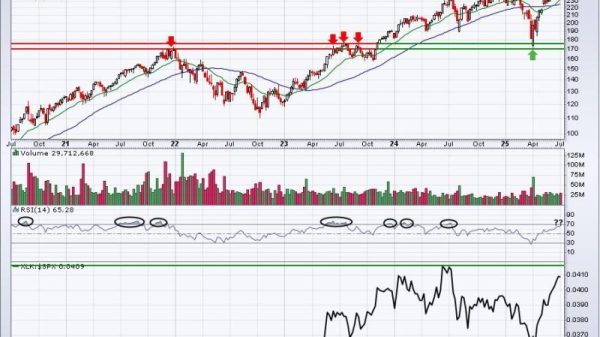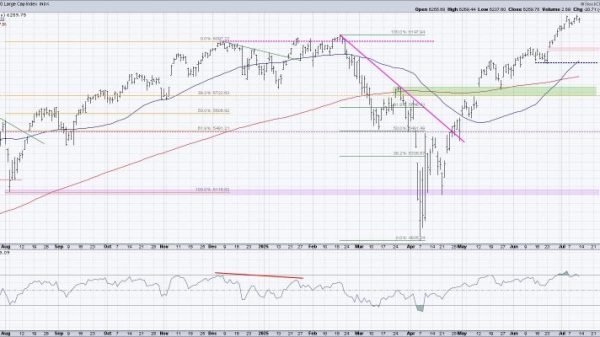In recent weeks, global oil prices have experienced a significant surge, primarily driven by escalating tensions in the Middle East. The region, known for its geopolitical volatility, plays a crucial role in the world’s oil production and supply chain, making any disturbance in the area of great concern to energy markets worldwide. As oil prices continue to soar, the inevitable question arises: what does this mean for gas prices and consumers at large?
The Middle East, home to some of the world’s largest oil-producing nations, including Saudi Arabia, Iran, and Iraq, remains a focal point for the oil market. Any disruption in oil production or transportation in this region can have far-reaching effects on global oil prices. The recent attack on Saudi oil facilities, which temporarily wiped out 5% of global oil supply, underscores the vulnerability of the region’s oil infrastructure to political tensions and conflicts.
The surge in oil prices has been driven by fears of supply disruptions and concerns over escalating tensions between the United States and Iran. The U.S. decision to withdraw from the Iran nuclear deal and impose sanctions on Iranian oil exports has further exacerbated the situation, leading to reduced supply and higher prices in the international oil market.
As oil prices rise, consumers can expect to see a corresponding increase in gas prices at the pump. Gasoline prices are directly influenced by the cost of crude oil, with changes in oil prices typically reflected in retail gas prices within a matter of weeks. Higher oil prices translate to higher production costs for gasoline, which are eventually passed on to consumers.
The impact of rising gas prices extends beyond consumers filling up their tanks. Industries that rely heavily on oil and gas, such as transportation and manufacturing, may also face increased operating costs, potentially leading to higher prices for goods and services. The ripple effect of rising oil prices can be felt across the economy, affecting everything from transportation costs to inflation rates.
To mitigate the impact of rising gas prices, consumers are encouraged to adopt fuel-efficient driving practices, carpooling, and using public transportation where possible. Additionally, staying informed about market trends and monitoring gas prices can help consumers make informed decisions about when and where to fill up their tanks.
Looking ahead, the future of oil prices and gas prices remains uncertain, as geopolitical tensions continue to simmer in the Middle East. While efforts to restore stability in the region are ongoing, the possibility of further disruptions in oil supply cannot be ruled out. As a result, consumers and businesses alike should remain vigilant and adaptable in the face of fluctuating oil prices, taking proactive steps to manage their energy costs and consumption in a volatile market environment.


































